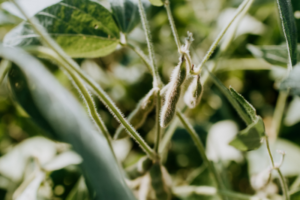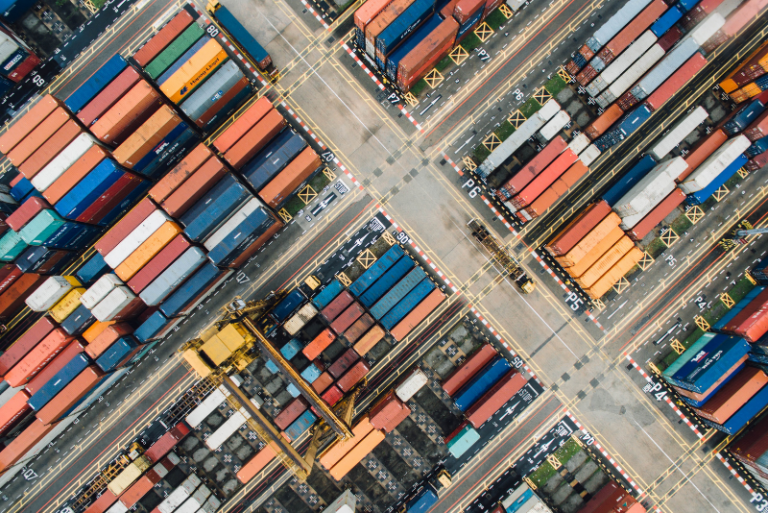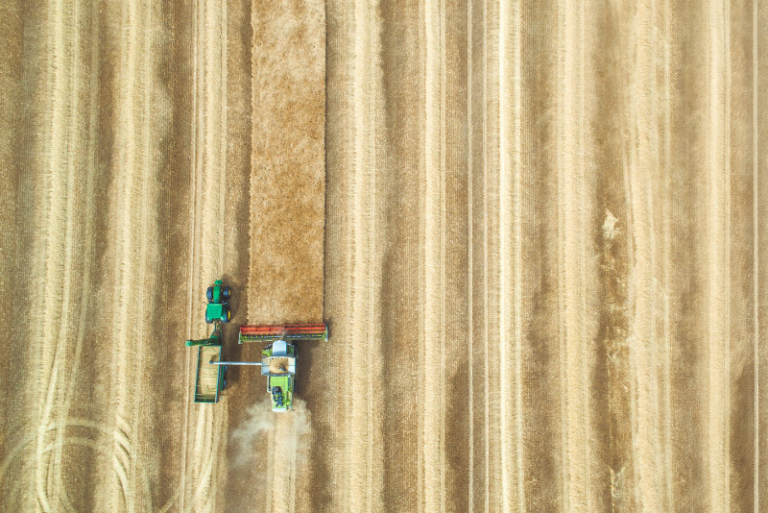Ingredient shortages are also being exacerbated by the supply chain disruption, and logistics are directly impacting that.
“Bakers operate ‘just in time,’ especially with ingredients,” Sanders said. “Now with the glitches in supply chain, they have that extra hurdle of not being able to count on ingredients coming in. They have to think bigger, more long-term down the road, in order to have smooth production day-to-day.”
ABA is working with the federal government to continue regulatory flexibility that was put in place at the onset of the pandemic. That flexibility was designed to help alleviate some of the pain points that come with those shortages and delivery hurdles.

“I’ve re-emphasized to the FDA recently that, for various reasons, we need that flexibility to continue on through the pandemic, especially with the emergence of a new variant,” Sanders added.
What’s more, transportation has a peculiar relationship with procurement of certain ingredients.
The Environmental Protection Agency’s proposed volume increase for advanced biodiesel — a form of biodegradable fuel made from animal fats and vegetable oils (most notably soybean oil) —would continue to negatively impact bakers’ access to soybean oil. This means bakers will have to continue long-term strategizing for adequate supply. With soybean oil already seeing price increases of more than 50%, small and medium food producers, in particular, will struggle to source this critical ingredient between price and competition from the biofuel industry.
Solving for supply chain requires a deep look at every facet and prioritizing accordingly.
For companies like Benchmark, a ProMach brand, which relies on national carriers for shipping, timing and price have been the main logistical issues to overcome. And relative to the complexities of overall supply chain disruption, timing and price feel more like pests than game changers.
“We might end up paying double for freight, or a truck will get out of our facility later than it normally would,” said Vince Tamborello, VP of business development at Benchmark. “But in reality, that’s not our biggest struggle. If something’s a week late when we are completely on schedule, that’s a problem; but when we’re already running a few months behind because of several other supply chain issues, then shipping a week late feels more like a nuisance.”
Although it’s still a guessing game when trying to predict an end to the crisis, bakers and suppliers have little choice but to look forward.
Many believe that “pre-pandemic” supply chain is destined to be part of history and not something the industry will return to.
Strategies like nearshoring are on the radar as realistic aspects of supply chain and not short-term workarounds.
“I don’t see that the shipping container issue is going to get better anytime soon,” said Kerwin Brown, president and CEO of BEMA. “I have heard about companies finding other ways to do things — I’m hearing a lot about nearshoring — and it will be interesting to see how that plays out in the future.”
Anderson said that processes like sales inventory operations planning must be looked at from a long-term perspective.
“It requires better forecasting demand and keeping track of what your customer needs are,” Anderson said. “Then it requires understanding what that means in terms of capacity — whether it’s materials, suppliers or people.”
She also noted that manufacturers who employed this strategy prior to the disruption will soon break away as the leaders in developing a “new” supply chain that functions in — or, rather, in spite of — the disruption.
Conversely, she noted that those focused on going back to pre-pandemic supply chain will not be as successful, whether those businesses dwindle or become absorbed.
“Let’s just say they are going to pull away from the pack … in the opposite direction.”
Perhaps for the first time in history, the manufacturing supply chain will have no choice but to function holistically. The entire network — people, processes, ingredients and raw materials, logistics, operations, and business — will recognize the impact each has on the other. And when that happens, the new chain will emerge … stronger.











